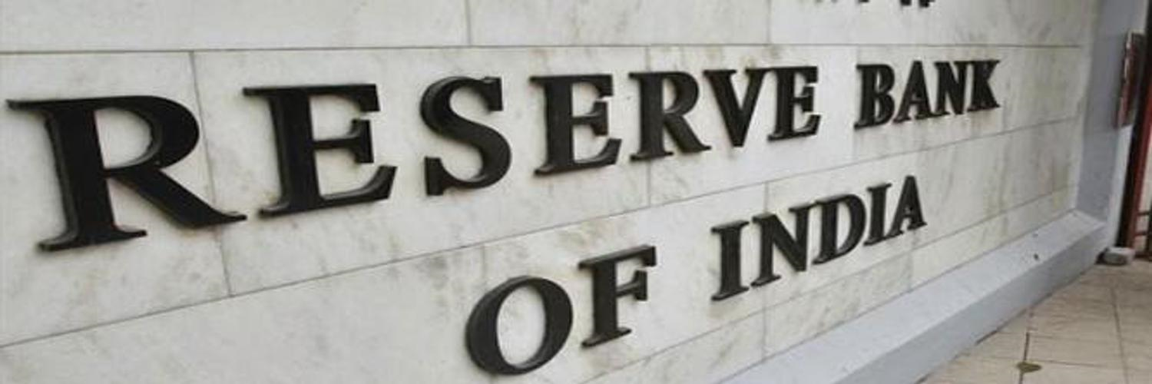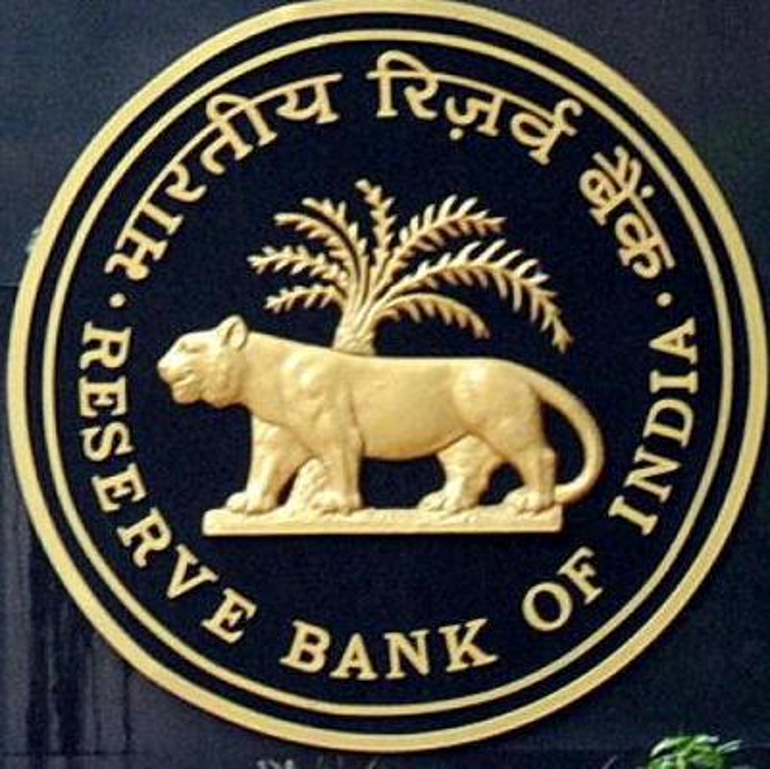
The banking sector is a vital part of any country in this world. Even after several improvements of the banking sector, the major suspicion amongst the clients and service providers is the consequence of banking fraud which is rising at a vast growth, which if cannot be halted could direct to negative impacts. No sector has demonstrated the damage from economic offences more than India's banking sector. Recently, the Reserve Bank of India, in its report on “Trend and Progress of Banking in India 2019-20”, explained that the banking and financial system are confronting the most testing challenge in more than the entire century.
On frauds in the banking sector, the RBI report said, operational risk has risen as a primary source of risk. It is a kind of risk which indicates a change in value caused by the fact that actual losses, incurred for failed internal processes, people and systems, differ from the expected losses. These risks are often related to effective decisions associating to how the organisation functions and what it prioritises. Although 98% of frauds in terms of value were associated with loans, their happening was scattered over different previous years. “There was a concentration of large value frauds, with the top 50 credit-related frauds constituting 76 per cent of the total amount reported as frauds during 2019-20”, the report said. The amount involved in the frauds was Rs 64,681 crore in the first half of the current fiscal, down from 1,13,374 crore in April-September 2019-20 period. Similarly, the number of frauds were lower at 3,488 during April 2020-2021 as compared to 4,410 in the corresponding period of last fiscal.

(ReserveBankOfIndia)
Around 80% of the frauds involving an amount of more than 1 lakh were reported by public sector banks (PSBs), their share in total reporting, both numbers of cases and amounts comprised, dropped in 2019-20, the RBI report said. The report likewise noted that the moderation in Gross Non-Performing Assets (GNPA) ratio, which began after the peak in March 2018, proceeded through 2019-20 and 2020-21 so far to reach 7.5% by end of September 2020. The growth was moved by lower slippages which declined to 0.74% in September 2020 and the outcome of a few huge accounts through the Insolvency and Bankruptcy Code (IBC). The slippage ratio is the rate at which decent loans turn bad, the credit cost is the amount a bank expects to lose due to credit risks. Fresh slippages remained highest among the state-owned banks.
The GNPA ratio of banks declined from 9.1% at the ending of March 2019 to 8.2% in March ending 2020 and further 7.5% at end-September. The GNPA ratio refers to the sum of all the loans that have been defaulted within the provided period while Net Non-Performing Assets (NPA) are the amount that results after deducting provision for unpaid debts from gross NPA. “Given the uncertainty induced by COVID-19 and it's the real economic impact, the asset quality of the banking system may deteriorate sharply going forward”, the RBI report said. The accumulation to NPA as per the RBI's Income Recognition and Asset Classification (IRCA) measures would have been huge in the need of the asset quality standstill submitted as a COVID-19 relief measure. The RBI said that the central bank initiated timely measures to relieve stress on bank balance sheets, corporates and households following the outbreak of the COVID-19 pandemic. Identifying that banking stability indicators are dimmed under the asset quality standstill, the report said, banks are putting forward capital in preparation of the coming stress. The financials of banks are likely to be impacted in terms of asset quality and future income due to the possible lifting of the asset quality standstill.
“Going forward, banks will have to adapt and adjust to the rapidly evolving economic landscape due to these challenges and also the entry of niche players and emerging financial technologies”, the RBI report said. Improvements in the health of the banking sector accordingly hook around the pace and shape of economic recovery, the report said, adding, “The challenge is to rewind various relaxations in a timely manner, reining in loan impairment and adequate capital infusion for a healthy banking sector”. The RBI report further said that due to the wake of a severe and unusual macroeconomics shock caused by the COVID-19 pandemic, the RBI's actions turned towards providing a basis to the economy while ensuring financial stability.
________________________________
Reference:
- www.moneycontrol.com
- www.m.rbi.org.in
